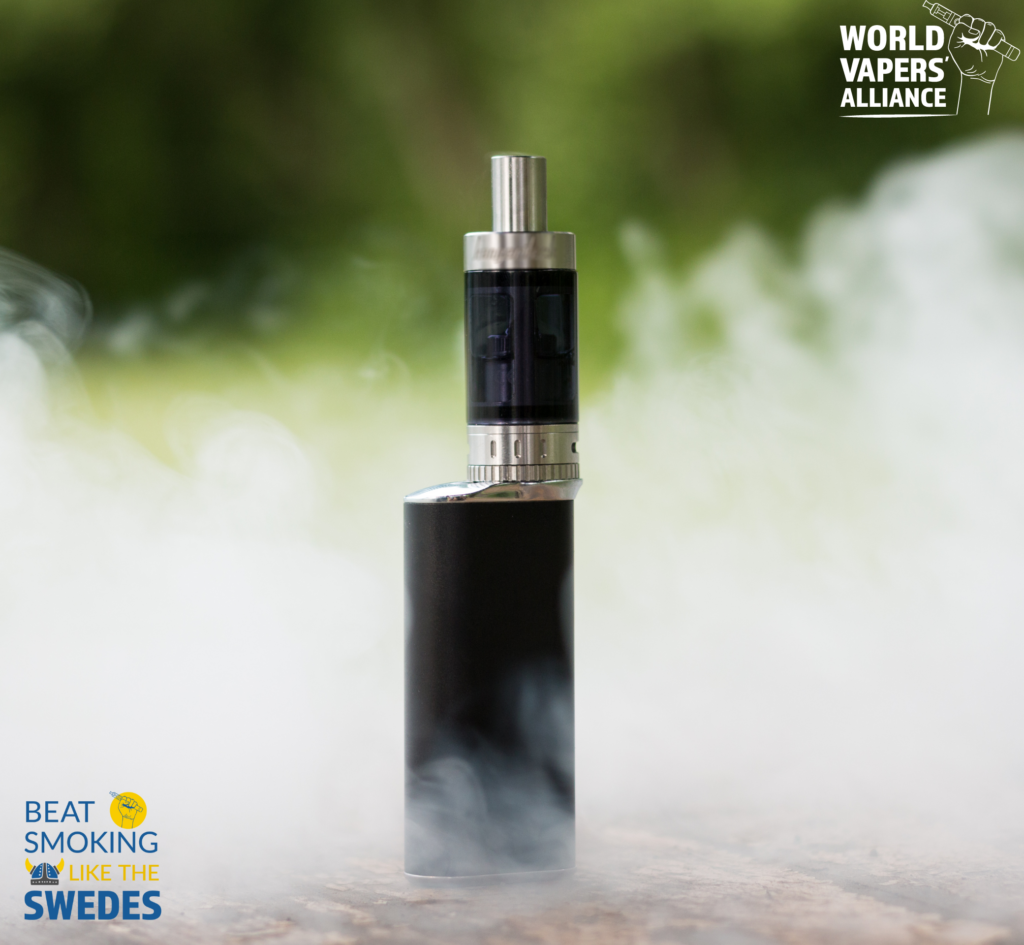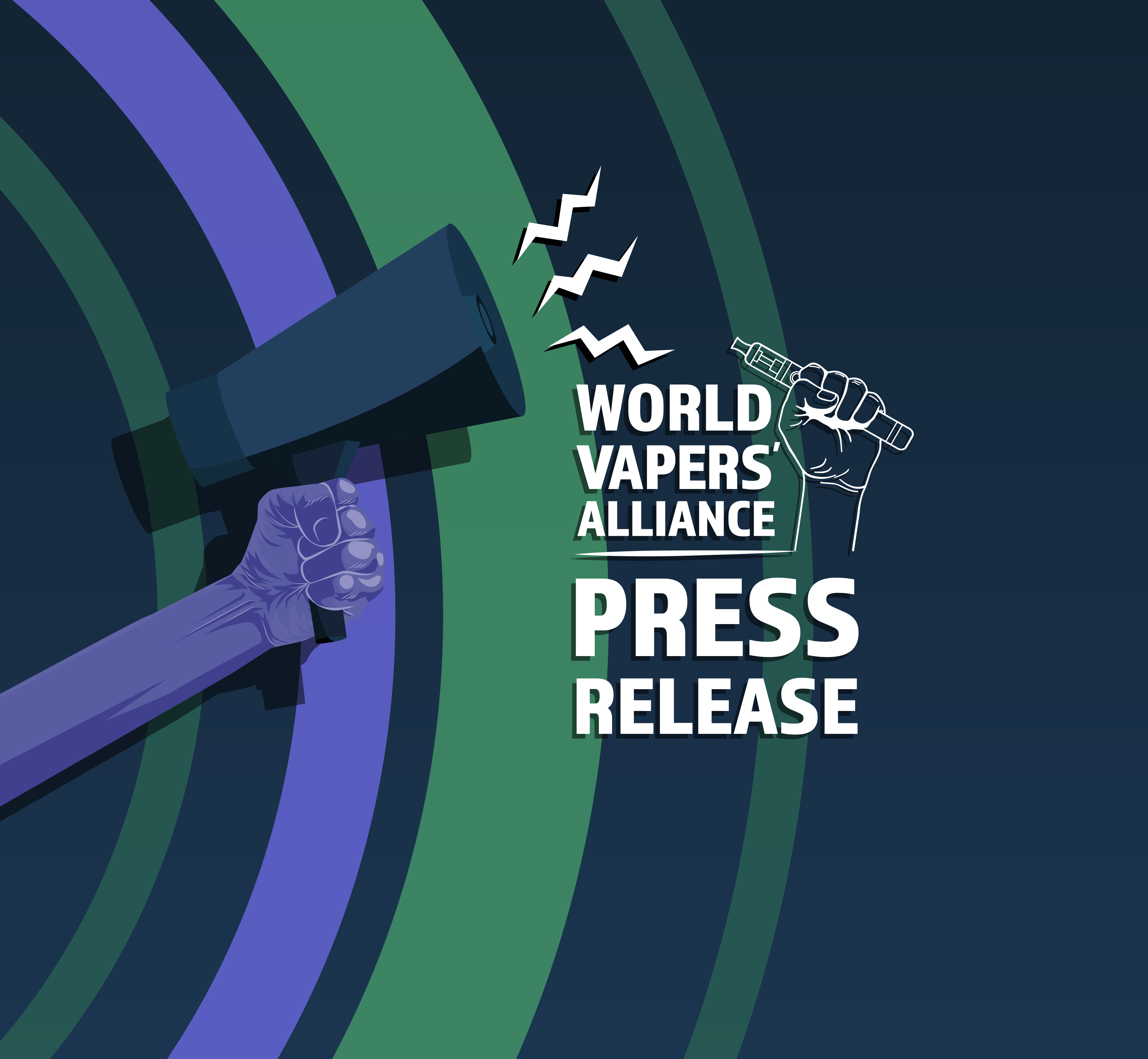Sweden is on course to drop below a 5% tobacco smoking prevalence rate in the coming months. This is the level below which the country will be considered officially ‘Smoke Free’.
Sweden has been successful in implementing tobacco harm reduction strategies through the promotion of smokeless tobacco products, such as snus. Snus is a type of smokeless tobacco that is used orally and is placed between the lip and gum. It is believed to be less harmful than smoking and has been associated with lower rates of lung cancer and other tobacco-related illnesses.
In Sweden, the use of snus is widespread, with approximately 20% of the population regularly using the product. The prevalence of smoking in Sweden is also relatively low compared to other countries, with only about 10% of the population smoking.
The Swedish government has played an important role in promoting the use of snus as a harm reduction strategy. For example, snus is exempt from the ban on smoking in public places, and it is widely available in stores throughout the country.
The success of tobacco harm reduction strategies in Sweden has been attributed to a number of factors, including the availability of a safer alternative to smoking, a strong public health message that emphasizes the harms of smoking, and a cultural acceptance of smokeless tobacco use.
Overall, Sweden’s experience with tobacco harm reduction demonstrates the potential benefits of promoting safer alternatives to smoking and highlights the importance of comprehensive public health strategies that address the root causes of tobacco use.
Public health experts launched a major new report to mark Sweden approaching the historic milestone of becoming Europe’s first ‘Smoke Free’ country.
In this report, SNUS is discussed as well as other options of THR that are now including vapor products.
“The Swedes also transferred this attitude of acceptance to new, more modern, and less harmful tobacco-free products which have come onto the market in the last decade. The advent of vapes (e-cigarettes) in 2015 and, more recently, oral nicotine pouches in 2018 have resulted in Swedish smoking rates continuing their rapid descent. A 2015 Eurobarometer poll found that 7% of Swedes had tried vaping10, by 2020, this number had risen to 12%11. Meanwhile, the smoking rate in the country has more than halved, from 11.4% in 2012 to just 5.6% in 2022. The Swedish experience of beating smoking and gaining the associated benefits of reducing smoking-related mortality and morbidity, proves conclusively that the best-kept secret in tobacco control is to make less harmful alternative products accessible, acceptable, and affordable. Sweden’s experience is a gift to global public health and, potentially, one of the greatest ever breakthroughs in tackling non-communicable diseases (NCDs). If replicated in other countries, it can save tens of millions of lives over the next two decades alone.”
We applaud the balanced approach that Sweden has taken when it comes to tobacco harm reduction and we hope that the rest of the world takes notice too. Smoking could truly be a thing of the past if all public health agencies would follow this life-saving pathway.
Read the entire report here.
To hear more about Sweden’s success story, keep an eye on WVA’s newest campaign – Beat Smoking Like the Swedes.






2 Responses